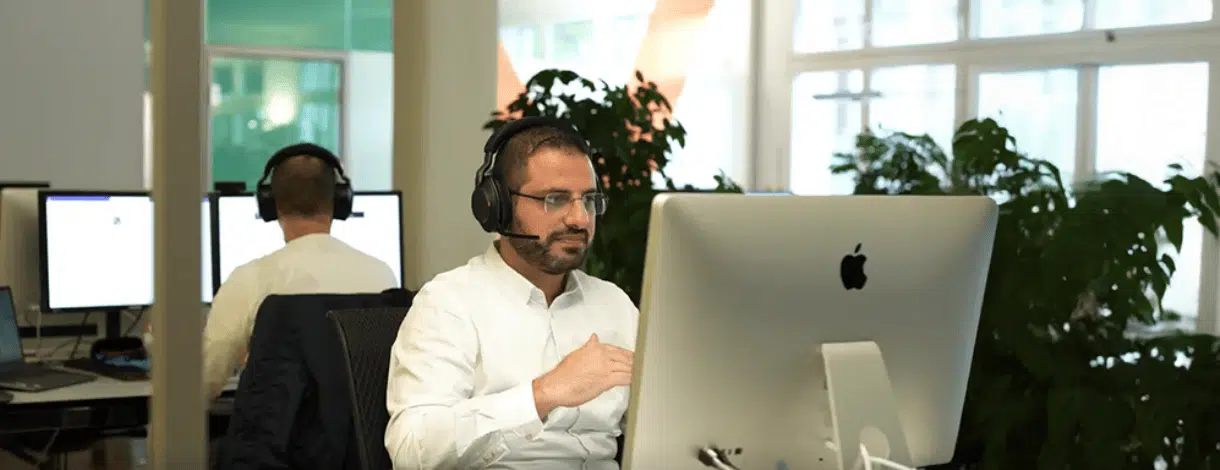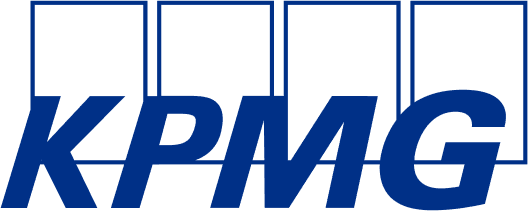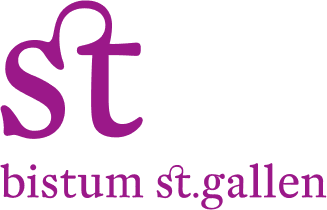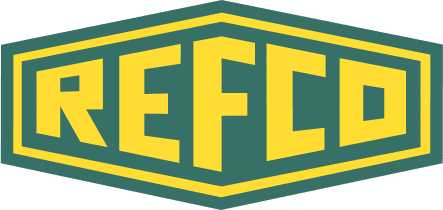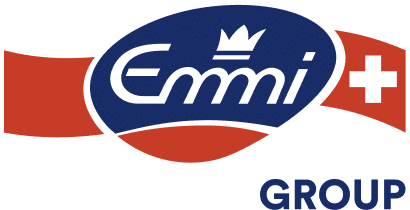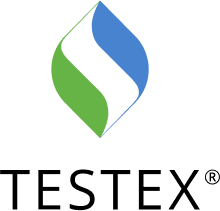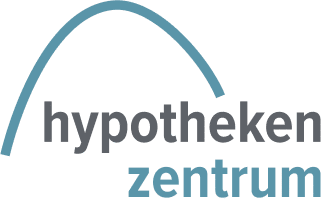Whoever retains a grown Legacy Application often pays more in total for hours, onboarding, risks, and hidden efforts than for a targeted modernization.
- Cheap in development, expensive in operation: The true value of software is measured by the processes that depend on it, not by the hours it once cost.
- Onboarding, loss of knowledge, and technical debt are the silent cost drivers.
- A Modernization (Re-Engineering) measurably lowers ongoing costs and increases delivery speed.
